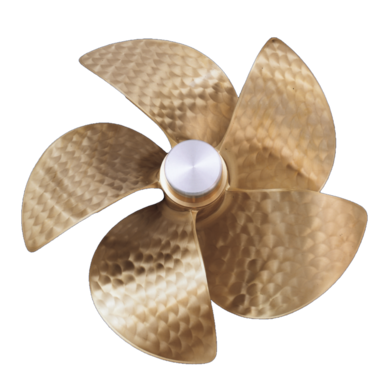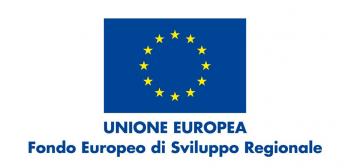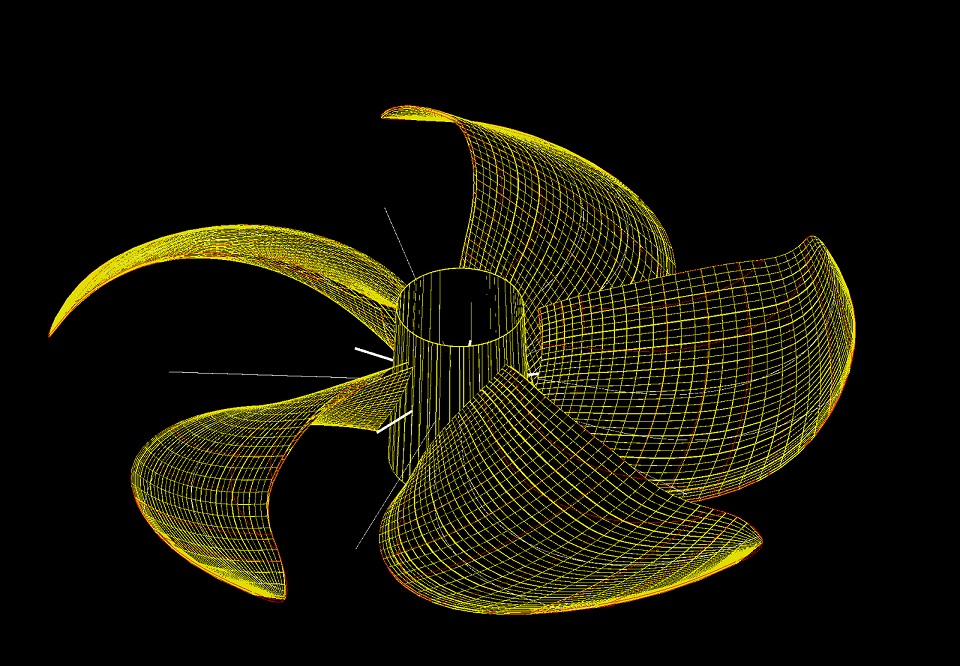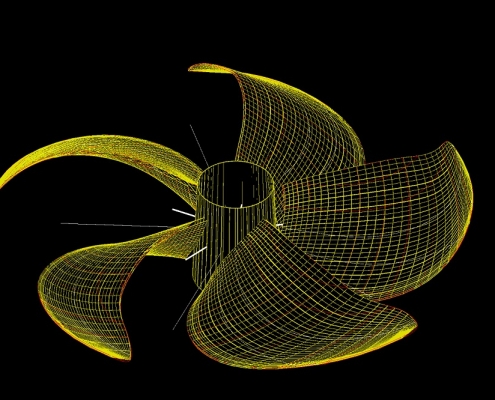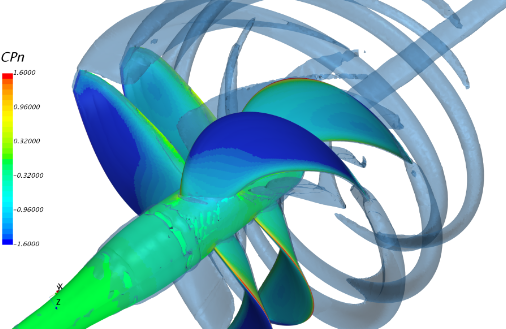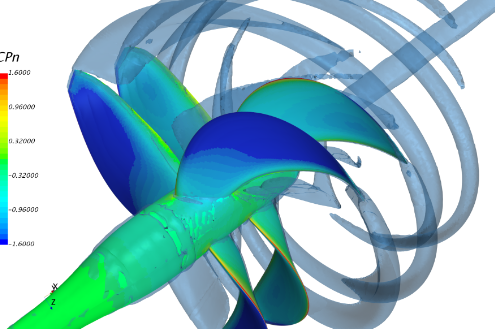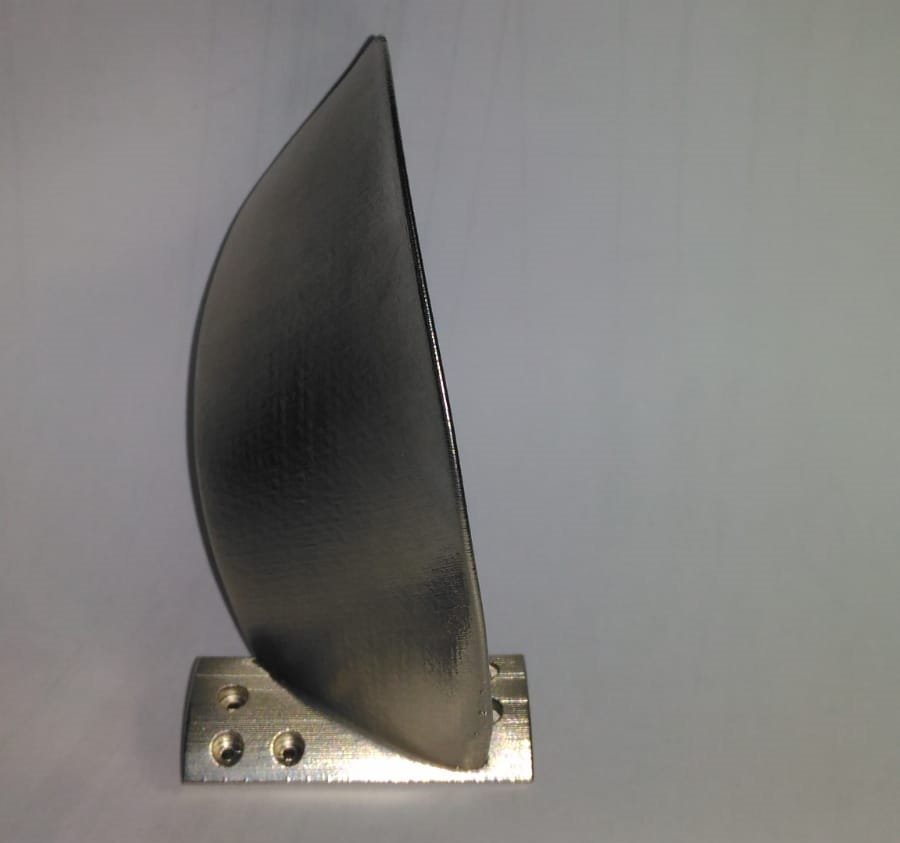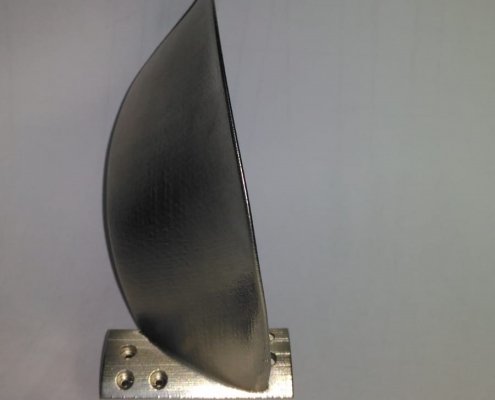“Support for the implementation of complex projects of activities and research and development for companies aggregated to research and innovation clusters.”
European Regional Development Fund
Goals of the project
Among the goals of the project are:
- the study, the design development and the experimental validation of an innovative thruster for boats and mega yachts;
- the application of innovative technologies, based on addictive manufacturing, in order to realize propeller models andreal-size blades.
Achieved developments:
The following topics have been developed as part of the project:
- Definition of the configuration, hydrodynamic calculations with CFD (Computational Fluid Dynamic) and the FEM dimensioning of the mechanical constraint, in the case of a single-stage built-up propeller with conventional optimized shape
- Testing at UNIGE cavitation tunnel on the propeller model designed to validate the hydrodynamic calculations of the propeller with built-up blades
- Structural testing at UNIGE lab with a pala al vero
- Testing at sea on the Benetti Mediterraneo watercraft of a propeller with built-up blades designed with a numerical control milling machine
- Designing and hydrodynamic verification of multistage propellers, with different shape of the blades, optimized for every stage
- Testing at UNIGE cavitation tunnel on the multistage propeller model designed to validate the hydrodynamic calculations of the blades
- The metallic printing production of blade models for experimental testings (Dmax 250 mm)
- The production of a 3d printing and 3 cappellozzi with flux deviators, following traditional fusion techniques, mounted on the Benetti s10/10 watercraft and then tested at sea.
Built-Up Blades
The project analyzed the characteristics of a thruster with built-up blades, and it included the design of a solution which was widely theoretically verified, both from the hydrodynamic and from the structural point of view. This solution brings many advantages if compared to a traditional propeller:
- Handling of minor weights
- Repairing / substitution only for the damaged part
- Shorter production times, thanks to smaller dimentions
- It allows us to use innovative technologies for the production of blades (metallic print and CNC machines)
Over the course of the project, we developed a built-up propeller (BUP): the hub of the propellers presents a flanged coupling with the shaft line and with the blades (via bolts).
The hydrodynamic calculations provided the strengths acting on the blades of the propeller via CFD, which were useful for structural calculations, and the solicitation on the whole propeller via FEM. Calculations were verified at the University of Genoa with systematic testings on models at the cavitation tunnel, and on real size blades at the structure laboratory. A prototype was tested at sea on the Benetti Mediterraneo Yacht, confirming the solution is both feasible and reliable.
Multistage Propellers
We developed a design methodology for built up multistage propellers based on optimization techniques, genetic multigoal algorithms and metaheuristic approaches.
Following these procedures, we analyzed different solutions for multistage propellers using RANSE numerical fluid dynamics. Specifically, one type of propeller (with smaller blades) which was installed on the cappellozzo and studied on different Yacht propellers, produced good performance results , producing improved efficiency and cavitation.
The research continued with other experimental tests and with the verification of hydrodynamic loading (on models) and structural strength (on real size propellers).
The best solution from a hydrodynamic point of view was also tested on a Azimut S10 yacht.
Metallic Printing
We realized a series of propeller models, to be used for the experimental testing at the cavitation tunnel. These were made with different additive manufacturing technologies: some of them are made with metallic material, aluminum and stainless steel, thanks to the DMLS technology (Direct Metal Laser Sintering); others are made with Polite, a plastic material covered in nichel.
With the “Kinetic Fusion” technology, a real size aluminum blade covered in titanium was built by Titomic and presented at “Pacific 2019 International Maritime Exposition” in Sidney. One cappellozzo with flux deviator blades in fiberglass was built with a robot, continuously positioning glass fibre; the other one was built with FDM technology (available at Detra) which can realize plastic artifacts (PLA polylactic acid fused filament) up to 1000x1000cx1000 mm.
A prototype of the cappellozzo with flux deviating blades, realized in fiberglass and in real size, has been tested at sea on the Azimut S10 yacht, together with one made in bronze.
